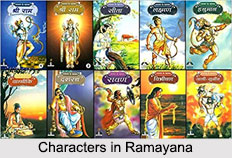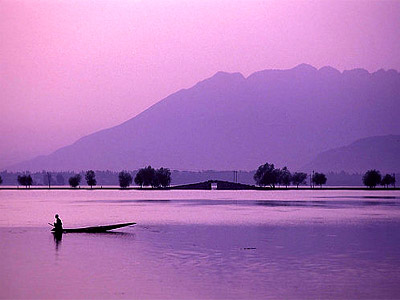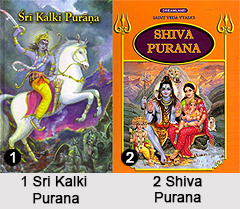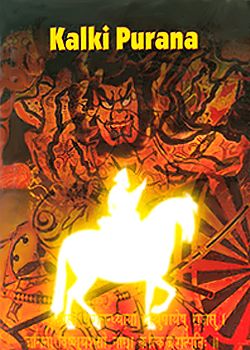Vishnu Purana gives a vivid description of formation of seven islands known as "Sapta Dwipas" of the planet earth. Dwipas are insular continents. There are seven main dwipas with the seven seas.
According to the Puranas, the earth was ruled by Priyavrata, son of Swayambhuva Manu. Priyavrata had ten sons, of which three sons, namely Medha, Agnivahu and Putra were fully devoted to religious life and gave up worldly pleasures. So, kingships of these seven islands were distributed among his remaining seven sons.
There are supposed to form alternate concentric circles. These seven Dwipas are:
•Jambu Dwipa, which was ruled by Agnidhara and surrounded by a salt sea (Lavana). The name is derived from the Jamun (Indian blackberry) tree which grows in plenty there.
•Plaksha Dwipa, which was ruled by Medhathiti and is surrounded by a sea of sugar-cane juice, (Ikshu)
•Salmali Dwipa, which was ruled by Vapushmat and is surrounded by a sea of wine, (Sura). The name is derived from the Shalmali (silk cotton) tree.
•Kusa Dwipa, which was ruled by Jyotishmat and surrounded by a sea of clarified butter, or ghee, (Sarpi). The name is derived from kusa grass.
•Krauncha Dwipa, which was ruled by Dyutiman and is surrounded by a sea of curds,
•Shanka Dwipa, which was ruled by Bhavya and is surrounded by a sea of milk, (Dugdha). Its name is derived from the shanka (teak) tree. There are large teak trees in the island which grows in plenty and
•Pushkara Dwipa, which was ruled by Savala and is surrounded by a sea of fresh water (Syaduka).
The whole Dwipas are surrounded by a circular mountain designated Chaxravaligiri. These seven insular continents are encircled by seven seas and each ocean and island is twice the size of that which precedes it. The Chapter IV, Book I of Vishnu Purana has a detailed account of the kings, its divisions and the inhabitants of these Dwipas. The geography of the Dwipas can also be found in most of these works.



















